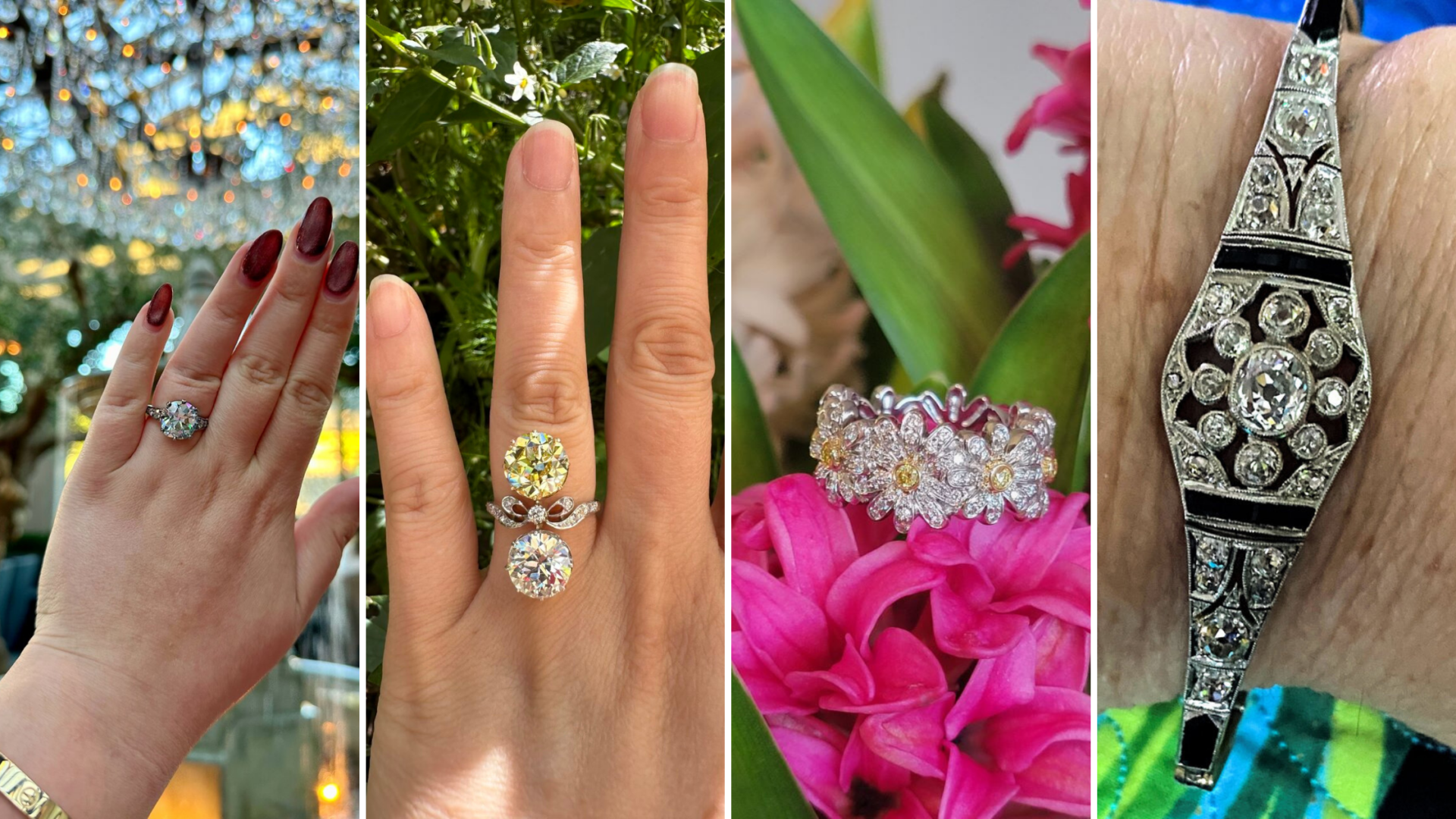Sparkalicious
Ideal_Rock
- Joined
- Nov 22, 2007
- Messages
- 3,721
Are there such things are "good" inclusions? Are some types of inclusions better or preferrable to others? I''m talking in around the VS2/Si1 range.
Why/why not?
Why/why not?








300x240.png)